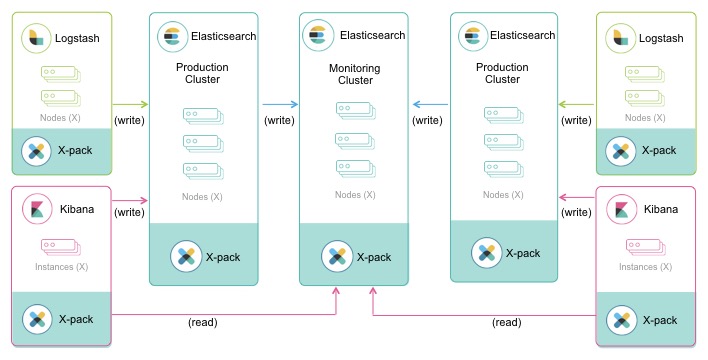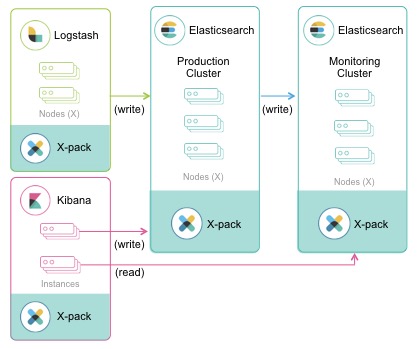- X-Pack Reference for 6.0-6.2 and 5.x:
- Introduction
- Setting Up X-Pack
- Breaking Changes
- X-Pack APIs
- Graphing Connections in Your Data
- Profiling your Queries and Aggregations
- Reporting from Kibana
- Securing Elasticsearch and Kibana
- Monitoring the Elastic Stack
- Alerting on Cluster and Index Events
- Machine Learning in the Elastic Stack
- Troubleshooting
- Getting Help
- X-Pack security
- Can’t log in after upgrading to 6.0.1
- Some settings are not returned via the nodes settings API
- Authorization exceptions
- Users command fails due to extra arguments
- Users are frequently locked out of Active Directory
- Certificate verification fails for curl on Mac
- SSLHandshakeException causes connections to fail
- Common SSL/TLS exceptions
- Internal Server Error in Kibana
- Setup-passwords command fails due to connection failure
- X-Pack Watcher
- X-Pack monitoring
- X-Pack machine learning
- Limitations
- License Management
- Release Notes
WARNING: Version 6.0 of the Elastic Stack has passed its EOL date.
This documentation is no longer being maintained and may be removed. If you are running this version, we strongly advise you to upgrade. For the latest information, see the current release documentation.
How Monitoring Works
editHow Monitoring Works
editMonitoring collects data from Elasticsearch nodes, Logstash nodes, and Kibana instances. The Elasticsearch cluster you are monitoring controls where the monitoring metrics for the entire stack are stored. By default, they are stored in local indices. In production, we strongly recommend using a separate monitoring cluster. Using a separate monitoring cluster prevents production cluster outages from impacting your ability to access your monitoring data. It also prevents monitoring activities from impacting the performance of your production cluster.
In general, the monitoring cluster and the clusters being monitored should be running the same version of the stack. A monitoring cluster cannot monitor production clusters running newer versions of the stack. If necessary, the monitoring cluster can monitor production clusters running older versions, but the versions cannot differ by more than one major version.
The following diagram illustrates a typical monitoring architecture with separate production and monitoring clusters:

If you have at least a Gold license, you can route data from multiple production clusters to a single monitoring cluster:

If Kibana is a regular part of your stack, you might want to create a dedicated Kibana instance for monitoring, rather than using a single Kibana instance to access both your production cluster and monitoring cluster:
